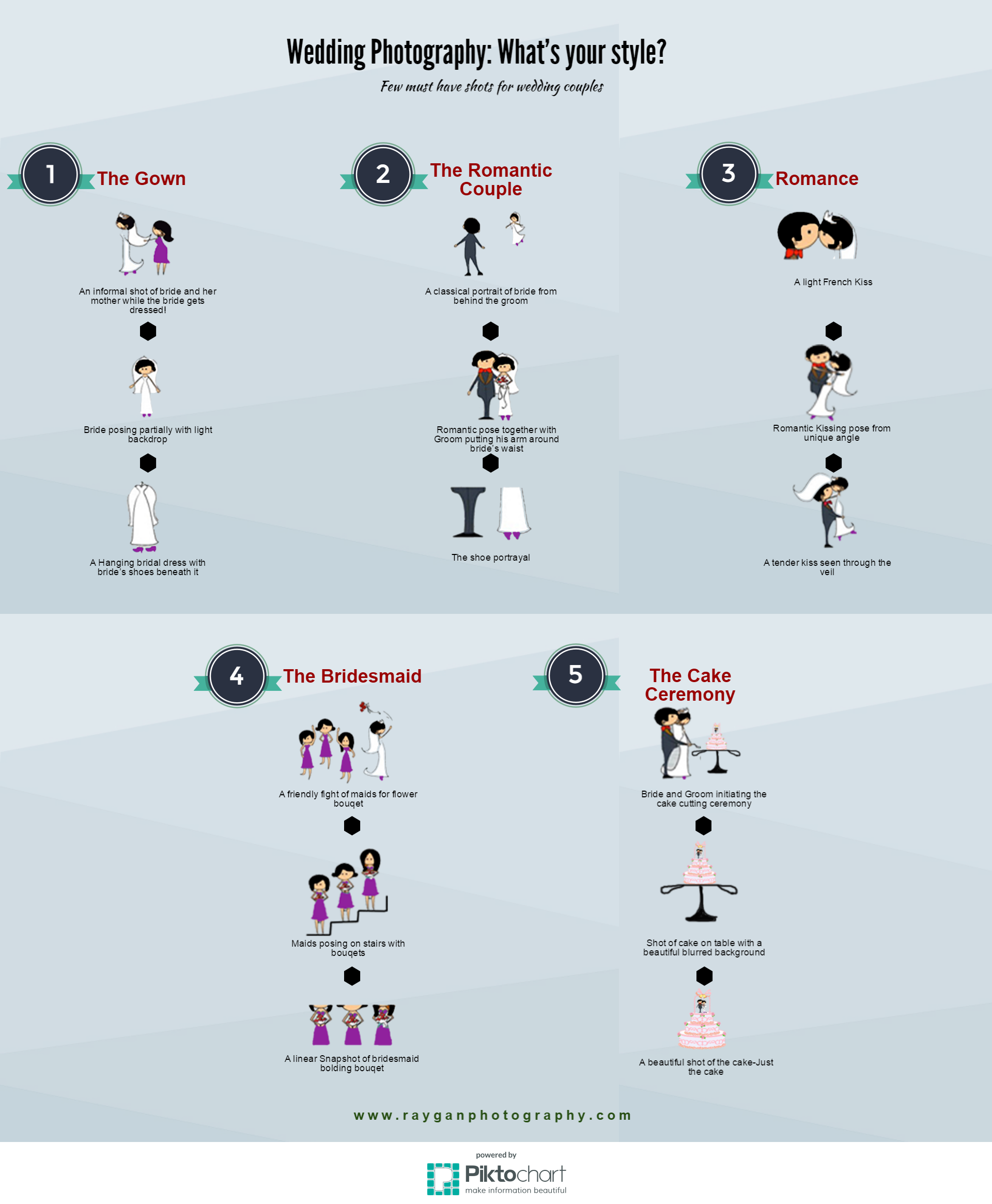What Every Photographer Ought To Learn About Lights
What Every Photographer Ought To Learn About Lights
Blog Article
Produced By-Rogers Isaksen
As a photographer, you know that lights can make or damage your images. Understanding the subtleties of both natural and man-made light is crucial for capturing the mood and quality you aim for in your job. Whether you're going after the excellent golden hour radiance or fine-tuning your fabricated arrangements, understanding these aspects can boost your photography dramatically. But there are common mistakes that lots of ignore, and acknowledging them can transform your method to every shoot. Let's explore what you may be missing and how it can influence your results.
Comprehending All-natural Light
Comprehending natural light is vital for any professional photographer looking to enhance their job. It's the structure of wonderful digital photography, influencing state of mind, tone, and clearness. When you fire outdoors, pay attention to the time of day. The gold hour-- shortly after sunup and before sundown-- offers soft, warm light that can transform average scenes right into stunning pictures.
https://squareblogs.net/paris11nigel/imaginative-digital-photography-concepts-unleashing-your-imagination ignore the power of overcast days. Cloud cover diffuses sunlight, producing a soft, also light that's perfect for portraits and macro digital photography. https://telegra.ph/Reveal-The-Necessary-Digital-Photography-Gear-That-Will-Kickstart-Your-Innovative-Journey-And-Learn-What-You-Can-Miss-To-Conserv-01-08 'll find colors pop in this kind of lights without rough shadows.
Positioning issues, as well. Always consider your subject's alignment to the source of light. If the sun's behind your topic, you might wind up with a silhouette, which can be significant but mightn't be what you want. Conversely, direct sunlight can create unflattering shadows.
Explore angles; sometimes, changing your point of view can produce fantastic results. Usage Company headshot photography -natural reflectors, like water or sand, to bounce light onto your topic, including dimension.
Mastering Artificial Light
Grasping man-made light is necessary for photographers that intend to take their skills to the following degree. Whether you're utilizing speedlights, studio strobes, or continuous lights, understanding exactly how to manipulate these resources can substantially enhance your photos.
Beginning by familiarizing on your own with the essentials of light high quality, direction, and shade temperature level. Experiment with various modifiers like softboxes, umbrellas, or grids to control the soft qualities or harshness of the light.
You'll discover that soft light often develops flattering results, while harsher light can include drama and depth. Do not avoid darkness; they can enhance the three-dimensionality of your topics.
Pay very close attention to the positioning of your lights. A light located as well near to your subject can produce uncomplimentary results, while too far away can lead to an absence of detail. Utilize a light meter or your video camera's pie chart to ensure you're subjecting correctly.
Finally, bear in mind that artificial light can be mixed with ambient light for creative results. Balancing these resources may take practice, but once you understand it, your digital photography will genuinely radiate.
Strategies for Different Circumstances
When you step into different shooting scenarios, adapting your lighting techniques is important for catching the very best pictures. For outdoor portraits, utilize the golden hour-- early morning or late afternoon light-- to soften shadows and boost complexion.
If it's an extreme midday sunlight, take into consideration using a reflector to jump light back onto your subject or seek shaded locations for an extra also exposure.
In low-light situations, like indoor occasions, raise your ISO and use a vast aperture to let in even more light. A tripod can assist remove electronic camera shake, allowing for longer exposures without blurring.
If you're shooting at evening, trying out off-camera flash to produce dynamic lights and deepness in your photos.
For item digital photography, utilize diffused lighting to stay clear of rough representations. Softboxes or light camping tents can help attain this effect.
When photographing landscapes, think about the direction of light and time of day, as it can substantially transform the state of mind of your shot.
Constantly be ready to adjust your setups and positioning based on the scenario, as adaptability is vital to grasping lighting in digital photography.
Conclusion
In conclusion, mastering illumination is key to elevating your digital photography abilities. Embrace all-natural light's charm during golden hour, and don't shy away from experimenting with fabricated light strategies. By adapting your method to different situations, you'll catch stunning photos that reverberate with feeling and clarity. Remember, the best lights can change a normal shot into something phenomenal, so maintain practicing and improving your understanding of both all-natural and man-made light. Happy capturing!
